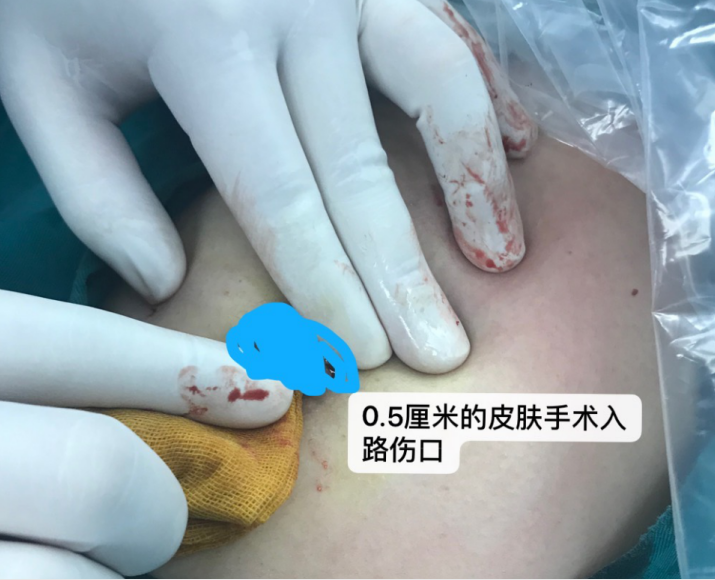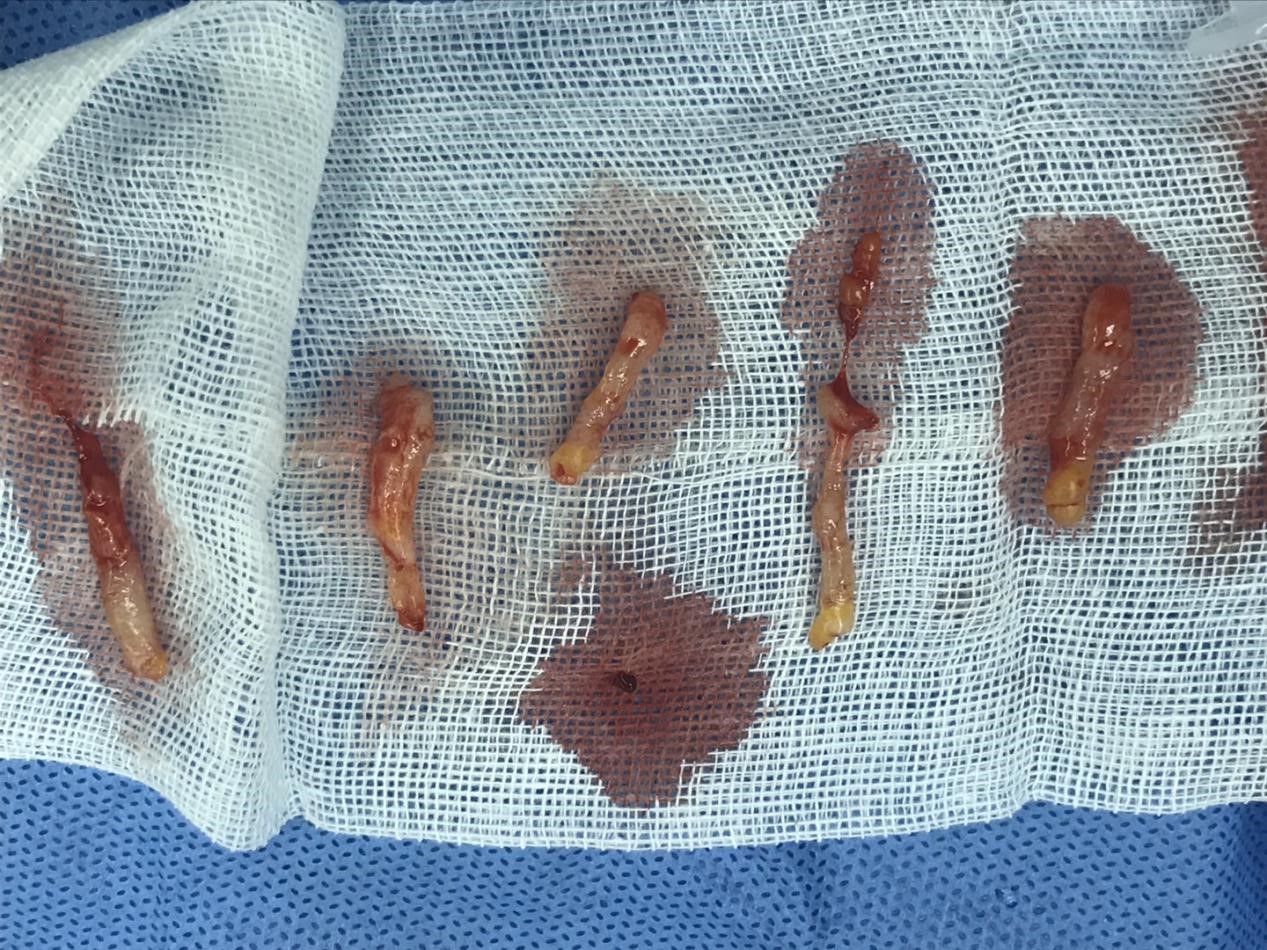Revolve resection is an advanced minimally invasive procedure. It includes surgical instruments of rotary knife and vacuum suction pump, which can perform repetitive cutting on the suspicious lesions and obtain pathological specimens, providing reliable evidence for the early diagnosis of breast cancer. The procedure has achieved good results in treatment without compromising skin beauty and it has been widely used in the diagnosis and treatment of small mammary masses and multiple masses such as fibroadenoma, intraductal papilloma and lactocele.
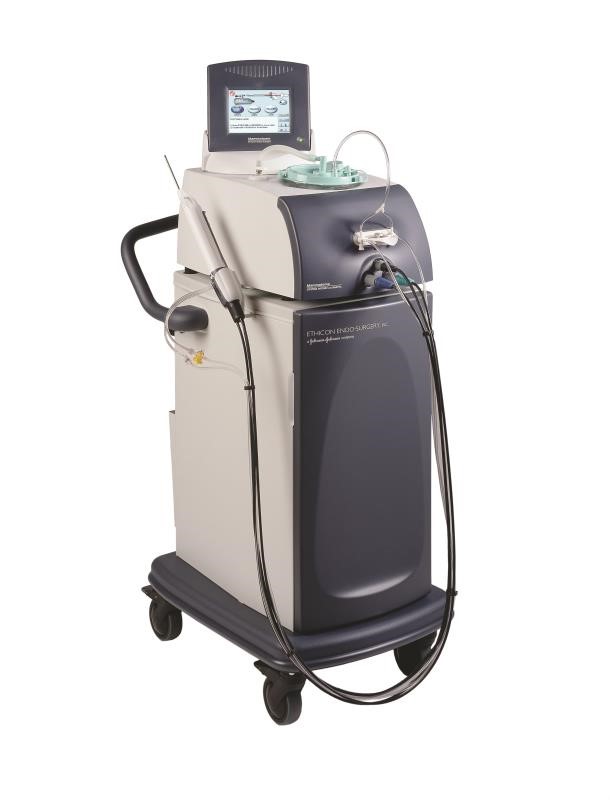
Advantages
1. Accurate positioning
With real-time ultrasound-guided monitoring and accurate positioning, complete resection of 2mm lesions and deep lesions can be done, so as to achieve early detection, early diagnosis and early treatment. However, only large superficial lesions can be removed while small deep lesions can only be observed clinically during a traditional open surgery, resulting in a delayed diagnosis and treatment.
2. Aesthetic and minimally invasive
The incision is very small, about 2-5mm. After the procedure, no scar is left and no stitch is needed. For multiple lesions, they can be removed through one incision so that patients might suffer less from the procedure and recovers soon.
3. Safer
Under the guidance of ultrasound, the puncture needle is placed into the lesion which can be completely removed by fan-shaped cutting, so that doctors can effectively save time and control intraoperative blood loss. The entire procedure requires only one puncture, which is a safer way to avoid the falling of mass caused by multiple punctures.
4. Accurate diagnosis
A large number of lesion specimens, which are 8 times of the samples obtained by the traditional puncture, can be obtained by the procedure. The procedure greatly reduces the false negative rate of pathological examination.
5. Easier and quicker
For a single mass, the procedure takes around 10-20 min, which reduces the occurrence of complication and causes little pain. After the procedure, patients can move around normally.
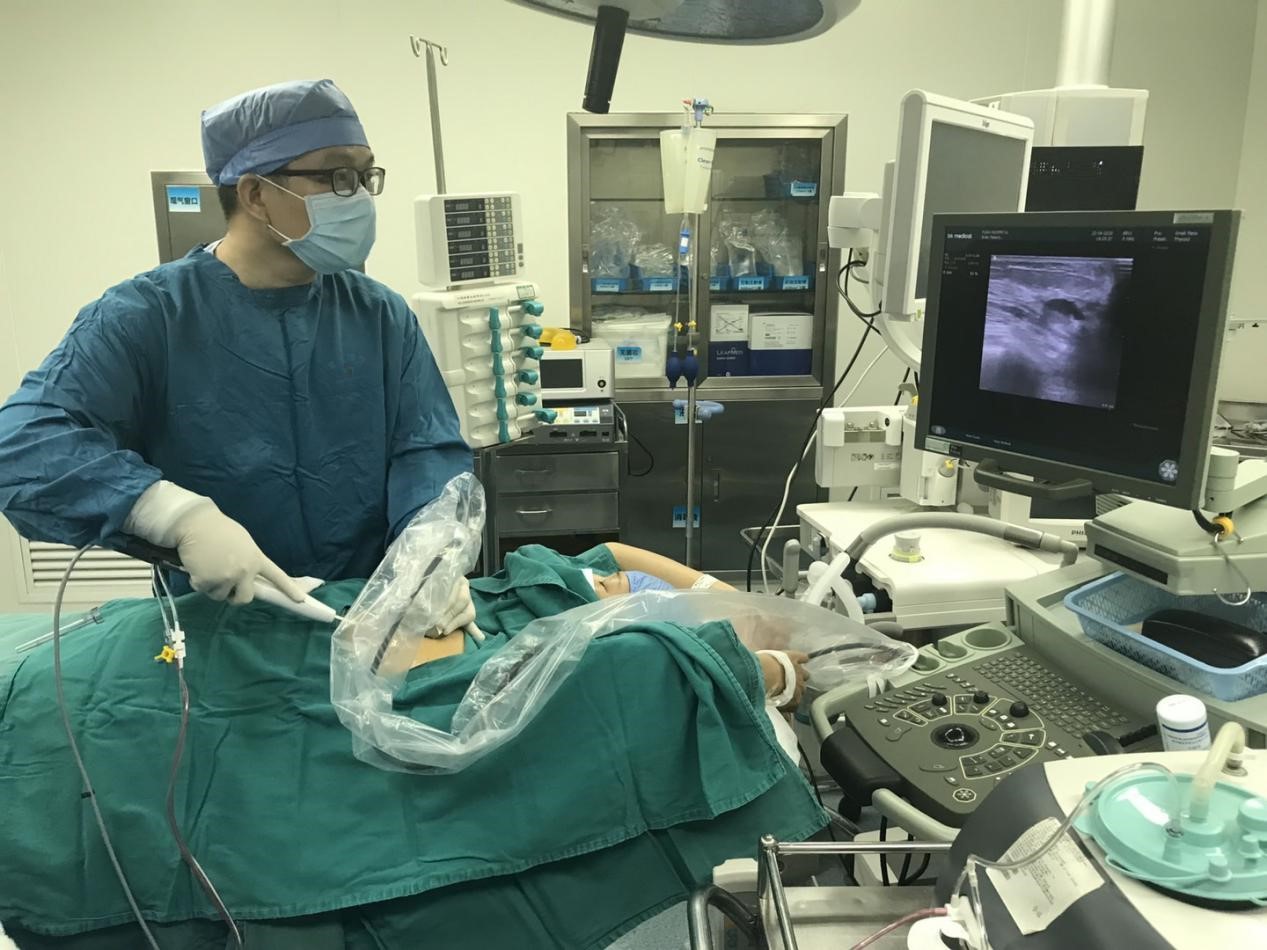
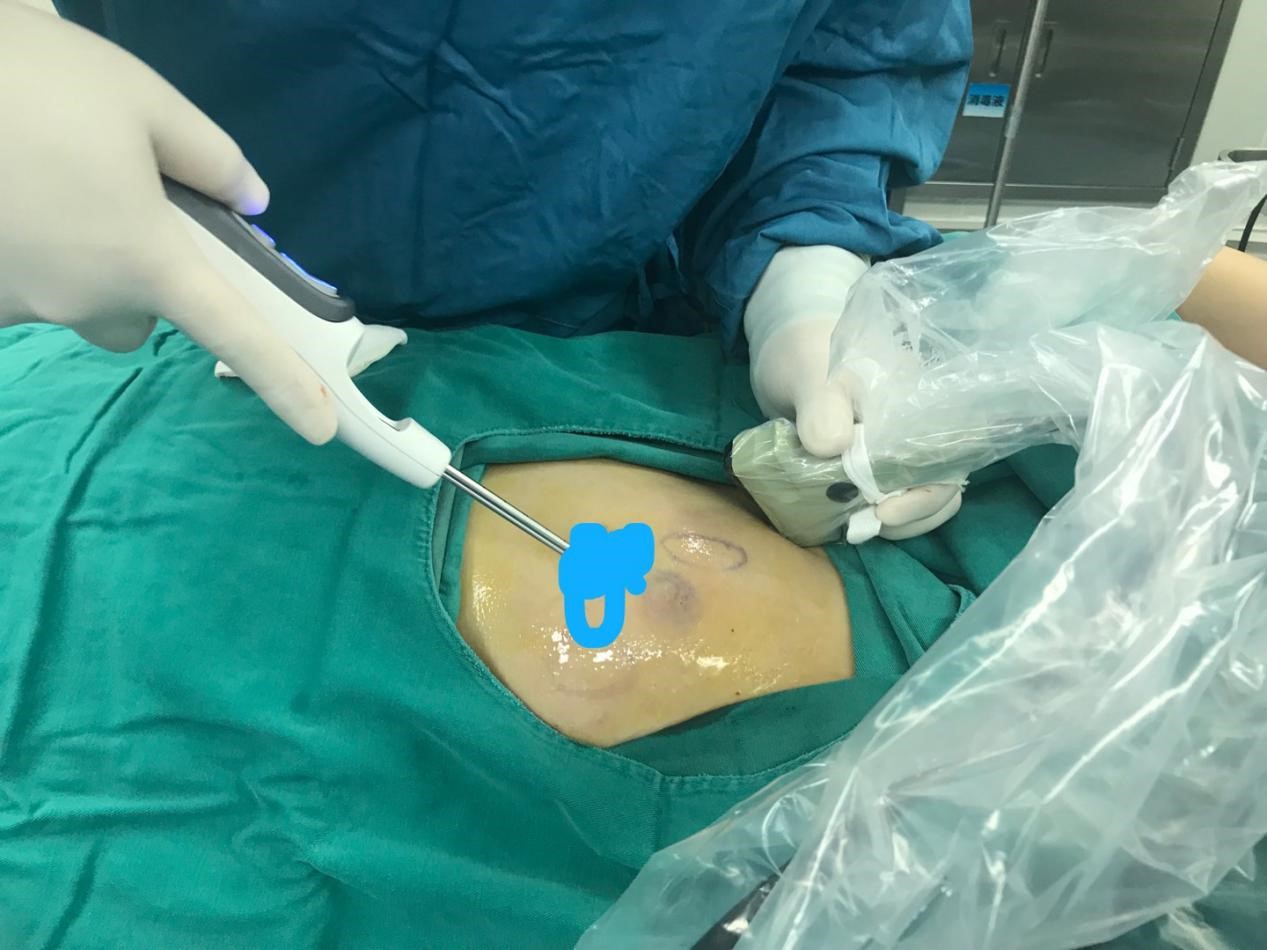
Indications
① It is mainly used for benign breast tumors in the size of 2mm-3.5cm, nodules, fibroadenoma, benign phyllodes tumor, intraductal papilloma, fibrocystic breast disease, tumor-like hyperplastic nodule, multiple complex cysts or cluster cysts without palpation, microcalcification, multifocal lesions, etc.
② Masses that need further biopsy for suspected breast cancer patients
